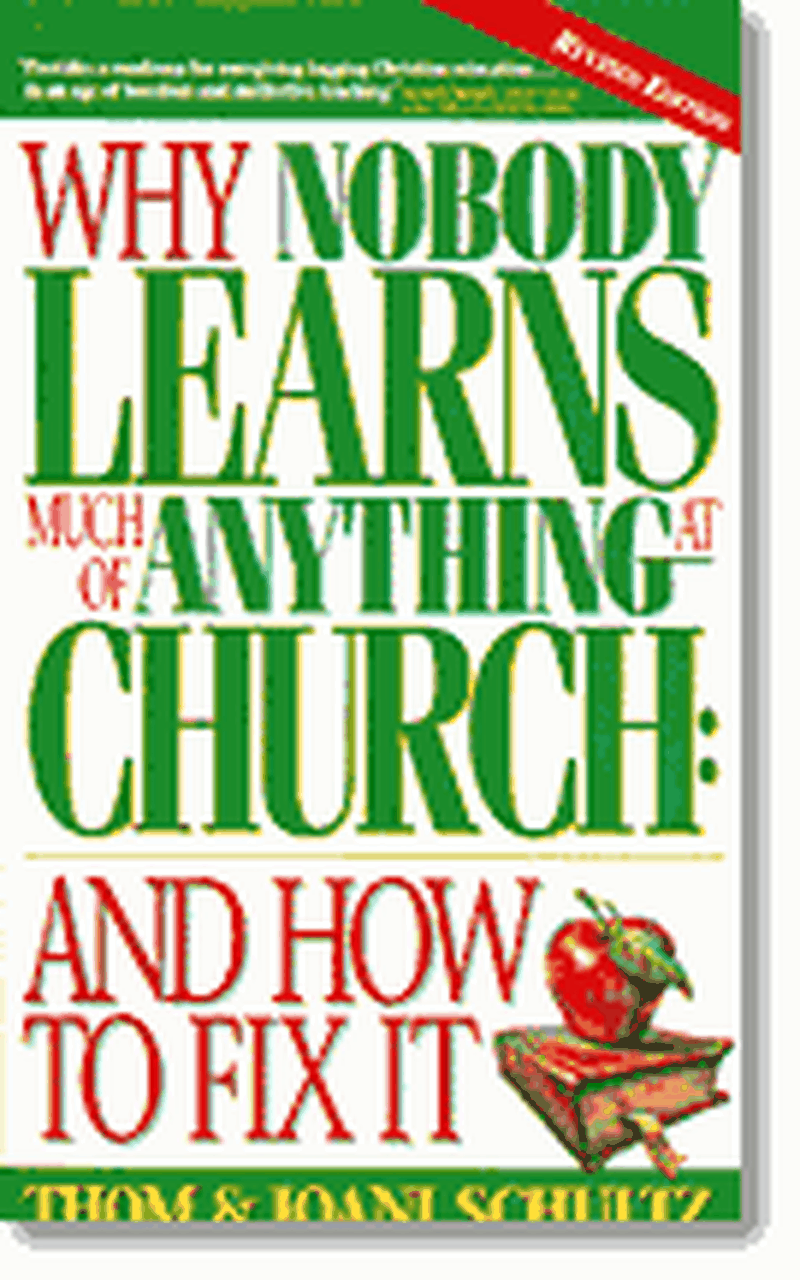Is it time to renovate your sermons?
- Published Dec 13, 2001

The problem lies with the medium itself. Typically it's presented in the traditional teaching mode - straight lecture. Straight speaking to a crowd results little retention and little learning. People forget 40% of a speaker's message within 20 minutes. They forget 60% after a half-day. And after a week they lose 90%. These figures apply to gifted speakers as well as lackluster ones.
Preachers need to:
- Know your people. Accurately assess your members' nature, needs, and wants before attempting to persuade them with the Gospel. How have certain events shaped their thinking this week? How are they changing? What's shaping their fears and hopes? Preaching is most memorable when it touches on something that people are experiencing in their day-to-day lives at that moment. Pastors need to connect with people at times other than committee meetings, potlucks, and counseling sessions. One pastor utilizes a sermon squad of six people who receive scripture passages the pastor will be preaching on for the ensuing six months. Every Wednesday they complete and submit a brief questionnaire about the following Sunday's scripture: What questions does this scripture raise in your mind? What's happened to you lately that this scripture speaks to? What changes need to take place in you and your members as a result of reading this scripture?
- Involve your people. As your congregation gets involved in the sermon, the message will stick with them longer. You might ask them to talk with a partner to reinforce a statement from the sermon, or to tell about a time when their faith was shaken. Or say midway through your sermon, Turn to a partner and explain this concept in your own words. Or you may just ask if there are any questions at the end of the sermon.
- Use visuals. In order to ensure that a message sticks, people need to see it. Statistics show that more than 80% of us are visual learners. Sermon visuals can include props, handouts, film clips, short dramatic presentations, and overhead transparencies with key words or drawings.
- Children's sermons:
- Assume nothing. Don't use churchy jargon. Big words, if used at all, must be explained so young minds can follow. Hard-to-grasp concepts - like the Trinity - must be carefully illustrated to enlighten the uninitiated.
- Make one point. The three-point sermon doesn't work with children. They need one point repeated over and over.
- Appeal to the senses. Children learn best when you involve more than one of their senses. Include props to look at, sounds to hear, fuzzy objects to touch, sweets or salts to taste, and fragrances to smell.
- Allow time for give and take. Ask questions and invite questions from the children. This interactive format puts their minds in gear for learning.
From Why Nobody Learns Much of Anything at Church and How to Fix It by Thom and Joani Schultz, copyright (c) 1993 and 1996. Used by permission of Group Publishing, Inc., 1515 Cascade Ave., Loveland, CO 80539, 1-800-447-1070.
Thom and Joani Schultz write and speak internationally on Christian education, youth ministry, children's ministry, and church leadership. Thom is president and founder of Group Publishing, Inc. Joani is chief creative officer of Group.




















